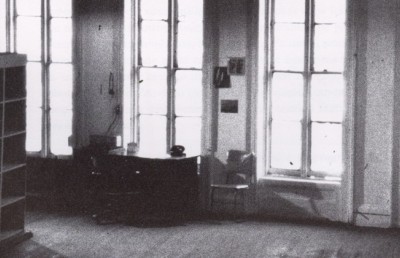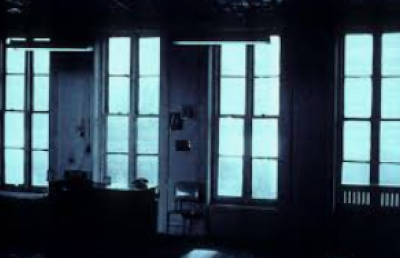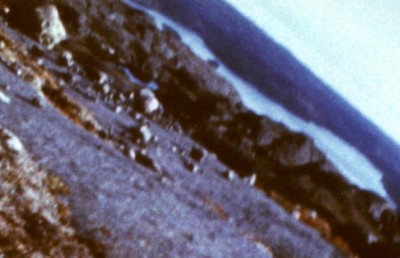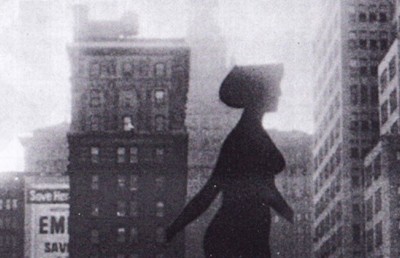Master Class With Michael Snow
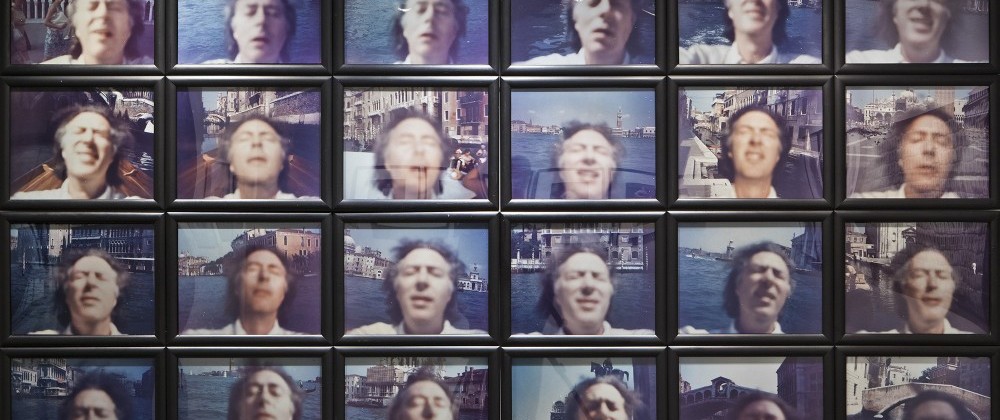
The experimental works of Michael Snow require a certain intellectual disposition. To be fully understood and appreciated they should be placed within the context of art history, and more specifically modernism, where each medium’s intrinsic value is maintained. But aren’t such pretensions to a medium’s purity merely utopian, or in the least fragmentary or incomplete? When considering the category of structural cinema, into which many of Snow’s work fall, it is difficult to deny that other arts have had an influence (to varying degrees) on the development of certain formal characteristics of this type of experimental cinema. Can’t we see echoes of the fixed camera, the loop, the flicker effect, and rephotography [1] in Andy Warhol’s serial photography? Or again in the work of such minimalist American composers as Riley, Reich, and Glass, not to mention the repetition in musical enunciation that has been manifested in earlier works as varied as Ravel’s Bolero or the primitive music of African drums?
But it is also equally permissible to imagine an artistic ‘miracle’ where the simultaneity in modernist experimentation is done in such a way that it would be hazardous to attribute to this or that art the exclusivity of formal “discovery.” Painter, sculptor, musician and filmmaker, Michael Snow recognizes at once the interdependence of artistic form in all of his work. Granted that Snow gives evidence to certain formal characteristics of the structural film as defined by P. Adams Sitney, it is in the duration of the represented event that the filmmaker establishes a high degree of interactivity with the spectator of his film. Firstly, and without needing to know what is contained in the films themselves, being in the perspective of witness to a 45 minute, intermittent forward zoom in a loft (Wavelength, 1967), having your gaze of a classroom swept in incessant panning movements for upwards of an hour (Back and Forth, 1968-1969), finding yourself face to face with a landscape film for three hours and twenty minutes (La Région Centrale, 1971), or reading a text filmed for forty-five minutes without the presence of a soundtrack (So Is This, 1982). All of these could constitute a serious obstacle to the spectator’s attention, if not their appreciation of the films. A conclusion imposes itself: these simple descriptions can not render the works in all their richness and complexity. The spectators receive their reward in the conscious experience of the films. As emphasized by Annette Michelson and Snow himself, what these films have in common is that they are “metaphors of consciousness: that of cinema’s.” [2]
It is certainly not a coincidence that Michael Snow decided to install his camera within the four walls of a classroom for the purpose of his film Back and Forth. Even if he is not present in the film, Snow nevertheless proudly wears the mantle of pedagogue, and invites his spectators (who become his students) in an experience of pure perception. In a letter to Peter Gidal dated March 1972, Snow refers to Back and Forth as an “educational film” which is a visual demonstration of the theory of relativity: E=MC2: in other words, the representation of a solid body (the classroom which becomes the mass) is transformed into energy (light) by means of speed (that of the camera, which executes horizontal and then vertical pans of varying speeds). [3]
Snow is equally a pedagogue in Wavelength, a summary of art history which, in 45 minutes, condenses the evolution of painting from the Renaissance to the contemporary period, all the while maintaining qualities intrinsic to the cinematographic apparatus. The film begins with a long shot where the depth of field imposes a spatial corridor where the point of exit appears, at least at first, to converge toward a chair behind which are four large rectangular windows. Didn’t Renaissance humanism say about perspective that it should offer a view like an open window onto the world, while also increasing the illusionistic and mimetic power of painting? Meanwhile, with the slow and intermittent forward progression of the zoom, it is the space in its entirety that becomes flatter, until the final close-up on the photograph of the waves hanging on the wall confirms the triumph of the surface plane (that of the photo paper, the wall, the film surface, and the cinema screen) over perspective.
La Région Centrale and Breakfast (Table Top Dolly) (1972-1976) are also films that revisit and redefine the great pictorial genres of landscape and still life. In the first, Snow refuses to enclose the landscape in a fixed frame that would be governed by predetermined compositional schemas, and provokes an overflow of the represented landscape by constantly allowing it to exceed the limits of the frame, and this by means of an infinite number of camera movements generated by a mechanical arm controlled at a distance. In the second, Snow switches the transparency of the classic still life for a space marked by its opacity. The contents on the table are of carton –and, brimming with irony, traditionally inanimate ‘still life’ objects are daringly animated on screen- as the camera’s slow advance adds increased disorder on the table.
So Is This, a film dedicated uniquely to the written text, is one of Snow’s most interactive films because the filmmaker addresses the spectators directly and invites them to read a text which unfolds on the screen word after word. Always the pedagogue, this time Snow becomes a grammarian, outlining the similarities that exist between a written and read text and a filmed text. The word, semantic unit of the text, finds its equivalent in the shot, semantic unit of the film. Each unit is organised into a discourse by the intermediation of montage. Interactivity is even more important here, where the spectator, in unison with the reading of the text, tries to guess the word which will follow, much like the spectator trying to anticipate what action will follow in a fiction film.
Closely linked to structural cinema, the insistence on duration can also be seen as being particularly appropriate to Snow’s pedagogical methods. In effect, the more time we take to explain a concept, the clearer and more convincing the exposition. This slow progression of time, even in Snow’s shorter works, favors this interrogation on the part of the spectator, in search of minute changes within the interior of the frame, because, contrary to those who allow this apparent inertia to assume itself, many things happen in a Michael Snow film for those willing to carefully linger on the slightest visual and aural details they receive.
Then, at the end of the pedagogical explication which imposes itself across the duration, is the reward. Beyond the fragments of narrative and humor present in many of Snow’s films, we often find a crescendo construction leading to a coda, which sums up all that we have previously seen and/or heard. Back and Forth represents, in the filmmaker’s own words, a very physical visual and auditory experience, where the immediate effect closely resembles the experience of being on drugs. The coda to La Region Centrale is exemplary in this type of reaction and perhaps marks a summit in the intensity of the perceptual experience lived by the spectator. The speed of the camera movements, executed in every possible direction, almost entirely destroys the materiality of the represented landscape, and the spectator’s gaze, difficult to stabilize on a fixed point on the screen, sends visual stimuli to the brain which can provoke an accelerated heartbeat and sometimes nausea or hyperventilation. In this sense, many of Snow’s films, at once jubilant and ‘extreme,’ and verging on strong sensations, ultimately provokes in the spectator an ecstatic reaction, a veritable apotheosis of the filmic experience just lived.
Endnotes
1. It is P. Adams Sidney who defines these principle formal characteristics of the structural film in his book, Visionary Film: The American Avant-Garde (1943-2000)2. Annette Michelson, “Towards Snow”, Michael Snow, “Two Letters and Notes on Films” in P. Adams Sitney, The Avant-Garde Film: A Reader of Theory and Criticism, New York, New York University Press, 1978.
3. Michael Snow, “Two Letters and Notes on Films” in P. Adams Sitney, The Avant-Garde Film: A Reader of Theory and Criticism, New York, New York University
Press, 1978.
4. See the excellent article by Michel Larouche, “So Is This: la transgression des théories”, in Cinéma: théories et discours, Montréal, Cinémathèque Québécoise, 1984.


